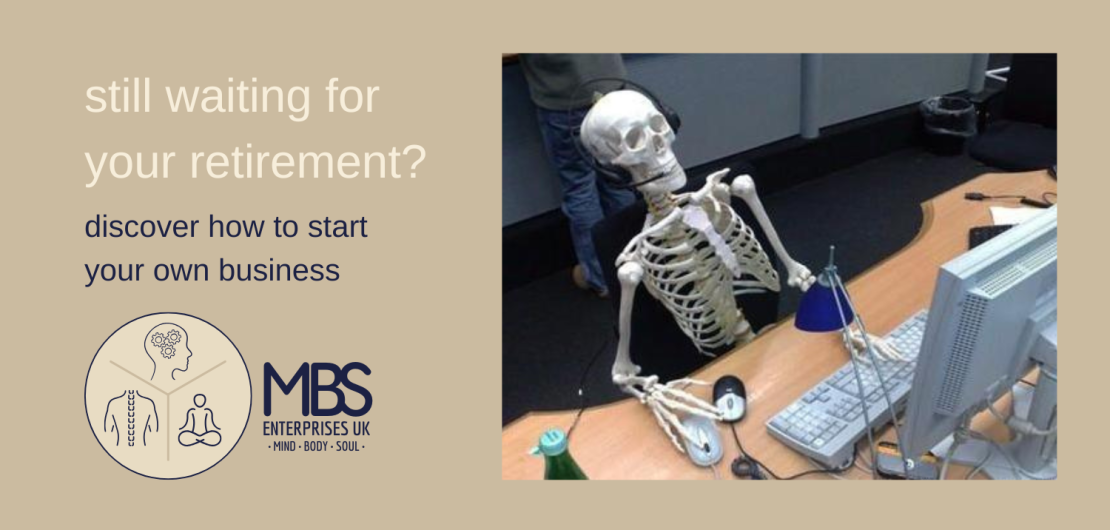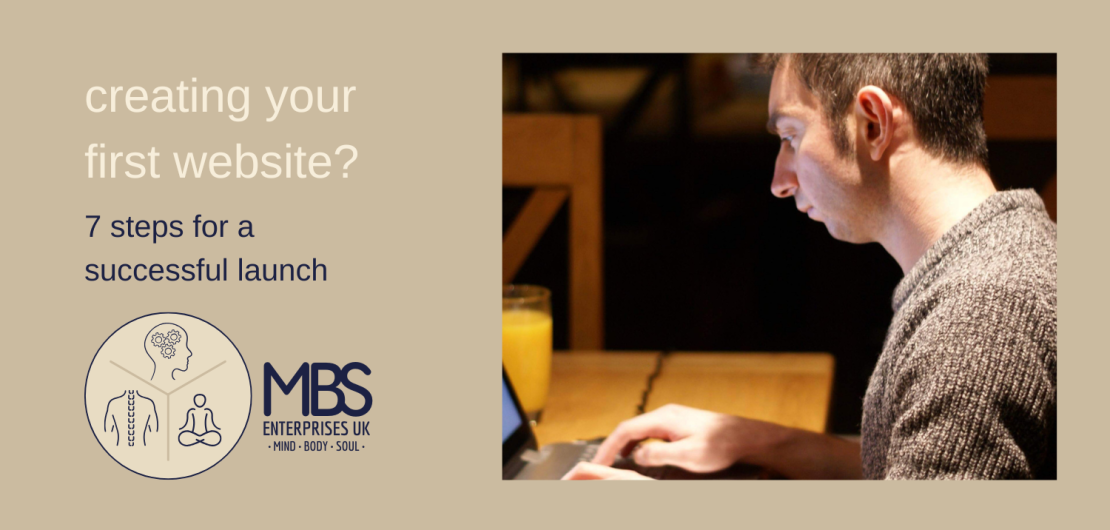 Business
Business
The Road To Entrepreneurship
The road to becoming an entrepreneur can be long and winding with many up’s and down’s along the way. Maybe you can relate to some of these stages in the process…
Which stage are you at on your journey to becoming an entrepreneur?
1. Intimidation
When you first start dreaming about becoming an entrepreneur or quitting your day job, you think, “I can’t do that,” or, “I’m not ready for that yet.” It’s common, and applies to most everybody with even the slightest hint of self-doubt in their subconscious brain.
Overcoming this level of intimidation and fear is difficult even for strong-willed individuals, and for some, the intimidation persists long into actual business ownership.
As you grow more experienced as an entrepreneur, this intimidation will start fading away, holding less and less power over your decisions and direction.
2. Novelty
Novelty possesses some entrepreneurs during the planning phase, and others during the actual loss.
When you haven’t had time to see if the business will be successful or not, and you haven’t run into any major trials or tribulations, you can relish in the fact that you own your own business.
Simply being an entrepreneur in title is enough for you, and you’re thrilled to come to work every day because of it.
Again, for some people, novelty lasts throughout the course of entrepreneurship, but for most of us, the novelty fades after you start running into issues.
3. Overwhelm
Though some enter the world of business ownership knowing full well that it’s not all sitting back and collecting profits, most of us vastly underestimate the demands of entrepreneurship in full.
When you start to have cash flow issues, running into deadlines, losing employees, missing your sales projections and seeing major competitors rise to meet you, it’s natural to feel overwhelmed.
We’ve all felt overwhelmed as entrepreneurs — it’s part of the territory — but as you start overcoming those obstacles and overwhelming moments, it begins to have less power over you.
4. Rhythm
Whether you’re getting the hang of your first startup after a few months on the job or finally settling into your position as an entrepreneur in your third or fourth venture, as long as you stick with it, eventually you’ll fall into a nice groove.
You won’t be thrown by the obstacles and surprises that come your way.
You won’t be intimidated by new ground. You won’t fear failure as much.
Instead, you’ll go about your responsibilities with pride and confidence — though you’ll still be shaken by the occasional crisis.
5. Failure
Yes. Every entrepreneur fails.
Most of the super-successful entrepreneurs of the world got to where they are only after experiencing failure of past ventures.
Even entrepreneurs who got lucky with their first attempt failed in some small way toward the beginning of their careers.
No matter who you are, failure will rattle you — but it’s a stage that anyone can work past with the right attitude and enough commitment.
6. Rejuvenation
A rejuvenation stage comes after you’ve experienced failure and / or disillusionment.
You might have lost an entire business, or just one big client, but after a period of weeks or months, you start realizing that there’s no reason a single failure means you’re at the end of the road.
You start remembering why you got into entrepreneurship in the first place, and your love for business ownership starts to blossom again.
You might even start going through the stages above on a new cycle — from intimidation to rhythm, at least.
7. Temperance
Finally, after years of experience and multiple cycles of failure and rejuvenation, you’ll hit a kind of final stage, where all the little things unique to entrepreneurship start to feel less significant.
You’re not quite as excited as you used to be, but you’re also not as afraid or intimidated.
You take calculated risks, you see problems for what they are, and you experiment in bold new directions without hesitation.
You’re even-keeled and a true leader — exactly what any business needs.
Looking for a new opportunity?
Browse current business opportunities here

